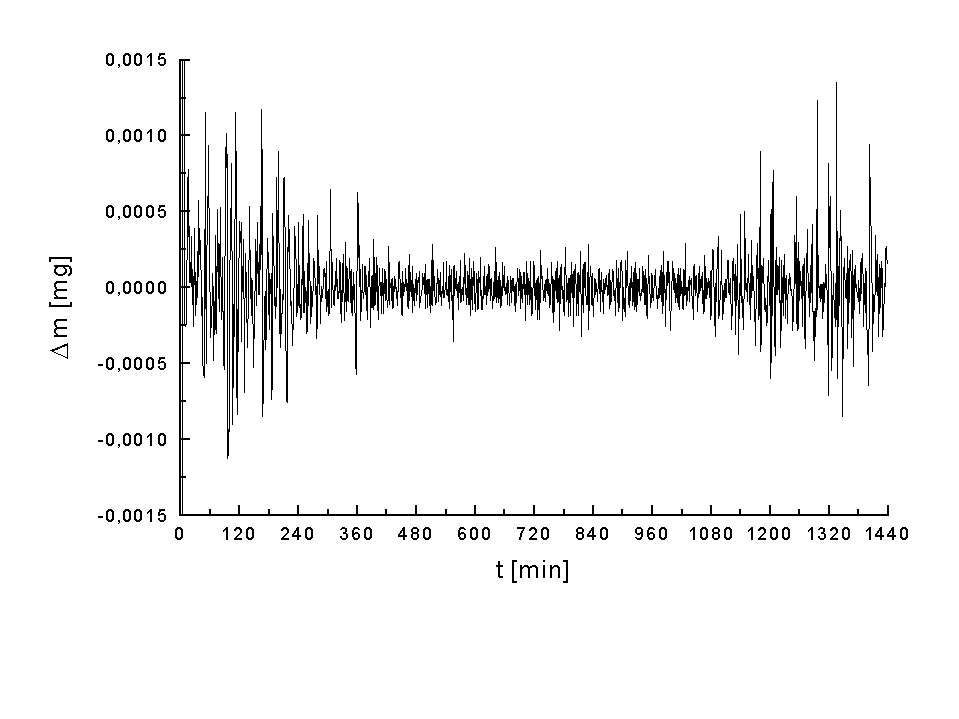

SNR also depends on the magnetic characteristics of the tissue being imaged. The user must manipulate the scanning parameters to improve SNR while scanning patients with a high BMI. The reason being the centre of the anatomy is too far from the receiver coils. MRI operators will most often notice a significant drop in SNR while scanning patients with a high BMI. a 32-channel (receiver element) body coil will produce better SNR compared to a 4-channel body coil. The higher the number of transmitter and receiver elements, the better the SNR eg. SNR also depends on the number of transmitter and receiver elements within the RF coils. This the main reason that most MRI systems have dedicated coils for each body part. In order to achieve maximum SNR, the RF coils should be as close as possible to the anatomy being imaged. Correct selection of the appropriate radiofrequency coil is essential to achieving the optimum SNR. There are a wide range of RF transmitter and receiver coils available in most MRI systems. A similar amount of SNR can be achieved in a 3T system with NEX 1 in 2.5 minutes. For example, a T1 tse sequence with matrix size of 320x320 and number of excitations (NEX) 2 with 100% SNR will take approximately 5 minutes in a 1.5T scanner. This is particularly advantageous in high resolution imaging or in performing fast scans on claustrophobic or moving patients. Along with higher SNR images, high field strength MRI systems will also be able to produce high spatial resolution images in a shorter amount of time. MRI systems using higher field strengths produce higher SNR images in comparison to the low field strength systems. This results in an overall increase in the amount of signal produced which will improve SNR. Increasing the field strength will increase the longitudinal magnetisation by aligning more protons to the axis of the main magnetic field. In order to get the SNR value of the image divide the signal intensity value of the white matter by the standard deviation value in the background.įactors affecting signal-to-noise ratio (SNR)įield strength and SNR are directly proportional to each other. In the example below, a T1 axial brain image is used and the signal intensity of the white matter and the image background is taken. Calculate the image SNR using this formula: Record the values of signal intensity in that region. Subsequently, position the second ROI (in the largest possible size to include maximum noise), outside of the tissues in the noisy image background. Then record the values of the signal intensity in that region. In order to measure the SNR on an image, place the first ROI on tissues with the most homogenous area and the highest signal intensity. Most MRI systems have a region of interest (ROI) option in their image processing section which measures signal intensities. The most common of these is done by measuring the signal of two separate regions within a single image and utilising a formula. Several methods are available to measure SNR. SNR is also used for quality assurance, pulse sequence comparison and radiofrequency (RF) coil comparison. In MRI the SNR is mainly used for image evaluation and measurement of contrast enhancement. Bandwidth - differs in each pulse sequence 8-channel body coil, 4-channel flex coilĢ. The coil - the number of elements, type and size and of the coil e.g. Noise produced in the MRI image depends on:ġ. Electrical resistance - resistance from the receiver coils, data cables and the electronic components of the measurement system Molecular movement - charged particles in the human body create electromagnetic noiseĢ. Noise in an MRI image does not contribute useful information toward image formation and is produced by the static fluctuation of signal intensity, usually appearing as grains or irregular patterns. An MRI image is not created by pure MRI signals but from a combination of MRI signals and unavoidable background noise. Signal-to-noise ratio (SNR) is a standard used to describe the performance of an MRI system.


 0 kommentar(er)
0 kommentar(er)
